Health 2.0 goes to Washington: Aretha Franklin would be proud
There were several themes that resonated throughout the recent Health 2.0 Goes To Washington conference. Two of the most powerful and provocative ones centered on patients and data.
R-E-S-P-E-C-T
Patients want – and deserve – respect. The kind of R-E-S-P-E-C-T that Aretha Franklin favors. It’s simple: patients are at the center of the health care system and they should be heard and they should participate.
The Health 2.0 conference featured a patient on almost every panel as well as an outstanding Patient 2.0 breakout session. The amazing presenters are helping to redefine what it means to be a patient or a patient advocate. They are educated and empowered. They are active participants in their own health and/or the health of those around them. They demand access, information, and control, which are all the byproduct of respect.
“Content comes from the patient, it belongs to the patient, and it should be up to the patient to decide who to share it with.” – Regina Holliday
While there are very big issues on the table (such as access to medical records), often it’s the small signs of respect that can make a large and lasting impact. A few examples that were given:
- Health care providers taking the time to write down a diagnosis or instructions, rather than just providing information verbally in a stream of polysyllabic words. (Regina Holliday)
- Health care providers encouraging patients to use the web to set up appointments, ask questions, and interact, so, as Gordon Brown from Myca said, “the waiting room is wherever the patient is.”
- Physicians tilting a computer screen that holds lab results so a patient can see their own information (Dr. Ted Eytan).
This message of respect clearly resonates far outside the conference walls. Recently a friend angrily said, “I walked into my doctor’s office, signed in, and no one at the desk even looked up to greet me.” This group clearly is not going to stand for this type of treatment. As moderator Gilles Frydman, founder of ACOR.org and ParticipatoryMedicine.com said, “These patients are not the old type of patients.” Cue Aretha.
Data, data, data
A second overarching theme at the conference centered on health data. The biggest buzz was generated by the newly launched Community Health Data Initiative (CHDI), highlighted by Aneesh Chopra, Chief Technology Officer (CTO), Office of Science and Technology Policy, The White House; and Todd Park, CTO of the Department of Health and Human Services (HHS).
The CHDI data set will ultimately consist of thousands of measures of health care quality, cost, access, and public health (e.g., obesity rates, smoking rates). It will include data produced for the Community Health Status Indicators, County Health Rankings, and State of the USA programs. Data will be available at the national, state, regional, and county levels, as well as by age, gender, race/ethnicity, and income (where available). This initiative is part of HHS.gov/OPEN, and is in search of a better name (vote here to rename the CHDI).
Useful health data abound, but tend to be tucked into nooks and crannies. The key is to “unlock the mojo” according to Todd Park. There is a growing spirit of accessibility, transparency and collaboration towards a big data ‘commons.’
Health data are much more than community health maps, mortality stats, and nucleotide sequences.
- Data are in the random observations scratched in lab notebooks that will never be published in scientific journals, but that are being coaxed out in forums and conversations;
- Data are in pharmacy records;
- Data are in web metrics from sites such as Pillbox, Health Central, and Everyday Health;
- Data are in the anecdotal information shared on sites like PatientsLikeMe and Sermo;
- Data are in the art on easels and t-shirts. Data are on murals, such as those painted by patient advocate Regina Holliday;
- Data are in the posture, tone of voice, and hand gestures of individuals sharing their stories via video on sites such as The Moment.
Health data are numbers and letters and charts and maps.
They are also images and sounds and body movements — or a lack thereof.
Health data are DNA misspellings and raised voices. They are MRI scans and wringing hands.
“Data need to turn into motivators for individuals and ROI for businesses.” – Esther Dyson
What health data are you sharing?
How are you going to change health outcomes with data?
What questions are you answering with the data from others?
Buzz about Health 2.0 Goes to Washington
- Susannah Fox, @SusannahFox, e-patients.net: Health 2.0 DC: Passion & Execution at Scale
- Gilles Frydman, @gfry, e-patients.net: Why a Patient 2.0 Panel at the Health 2.0 DC conference?
- Jane Sarasohn-Kahn, @healthythinker, Health Populi & Mobile Health News: Patient Power Through Data Liberación
- Krystle Kopacz, So Health, Health Central: Health 2.0 DC: Most Memorable Moments
- Lygeia Ricciardi, @Lygeia, The Health Care Blog: Health 2.0 Came to Washington—And Now it Needs to Stay
- Regina Holliday, @ReginaHolliday, Regina Holliday’s Medical Advocacy Blog: A matter of perspective
- Ted Eytan, MD, @tedeytan, Still about listening: Health 2.0 DC and Ragan Health Care Communicators Summit
- Matthew Browning, @MatthewBrowning, Your Nurse Is On: Health2.0 Goes To Washington-A Summary
Health 2.0 images and video
- Leroy Jones, Jr., @TechnicalJones, Talking Technology: Health 2.0 DC ~ images of the day and video interviews
- Cindy Throop, @cindythroop, Flickr: Health 2.0 Goes to Washington
- Phil Baumann, @PhilBaumann, Video interview of Ted Eytan and Regina Holliday at Health 2.0 2010
- icyou: Health 2.0 DC video interviews (search tag is “Health 2.0 Washington”)
Health 2.0 Resources
Health 2.0 Goes to Washington main site
Health 2.0 Conference main site
Twitter tag: #health2con
Available presentations from Health 2.0
Amy Romano (@midwifeamy) Maternity Care 2.0
Regina Holliday (@ReginaHolliday): Patient 2.0
Related posts
Health 2.0 STAT: Plugged in and Unplugged
The mHealth Summit: Local & Global Converge
What I did during my summer vacation: HealthCamp
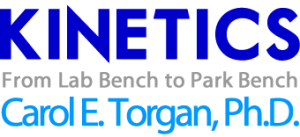
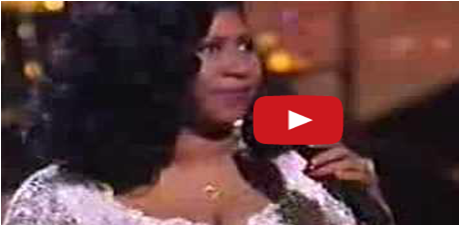

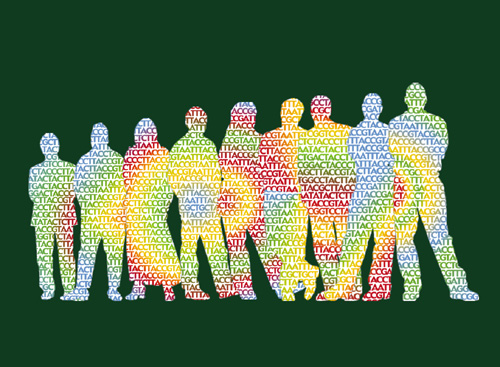
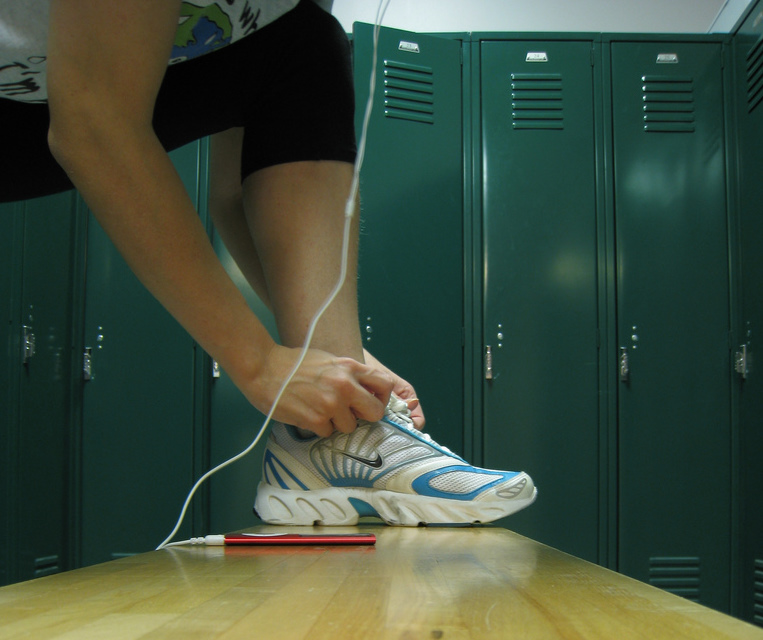


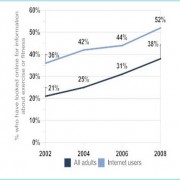
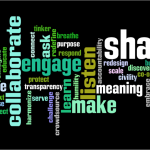
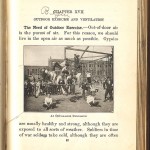
Congratulations to these individuals who are, at last, giving the “patient” a “voice.” There is a wonderful organization that complements their efforts, called the National Association Of Healthcare Advocacy Consultants, whose members are independent Patient Advocates…meaning they SOLELY represent the patient and are NOT connected to any hospital, insurance company, medical facility, etc.: .
Sheryl Kurland/Patient Advocates Of Orlando